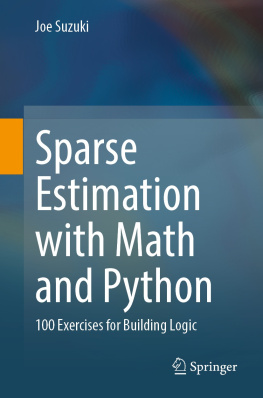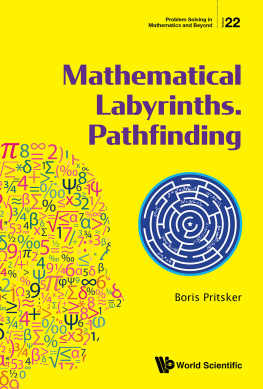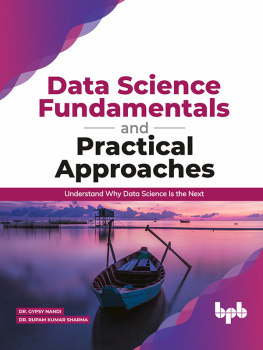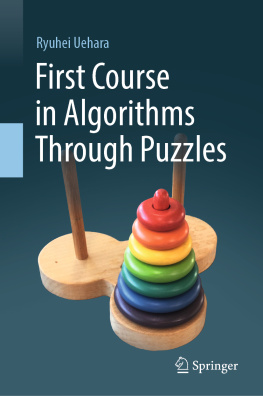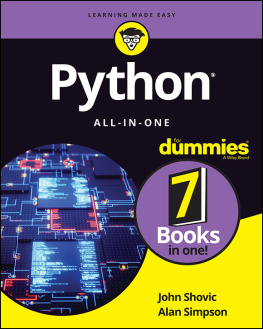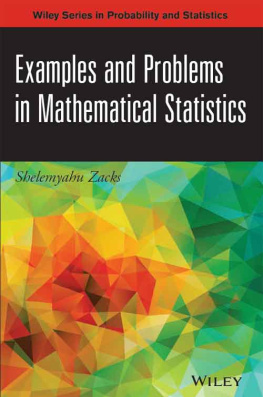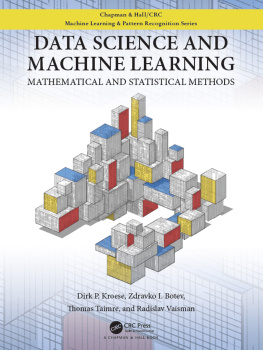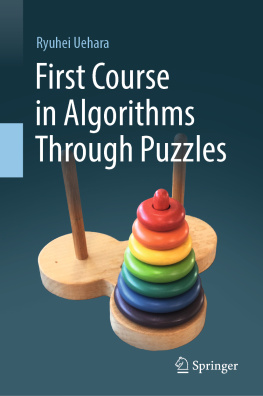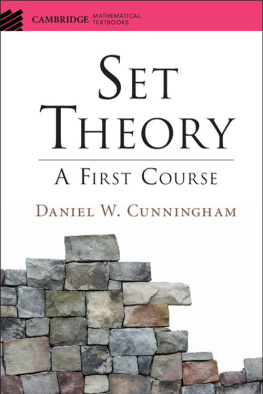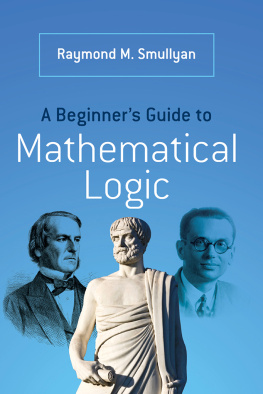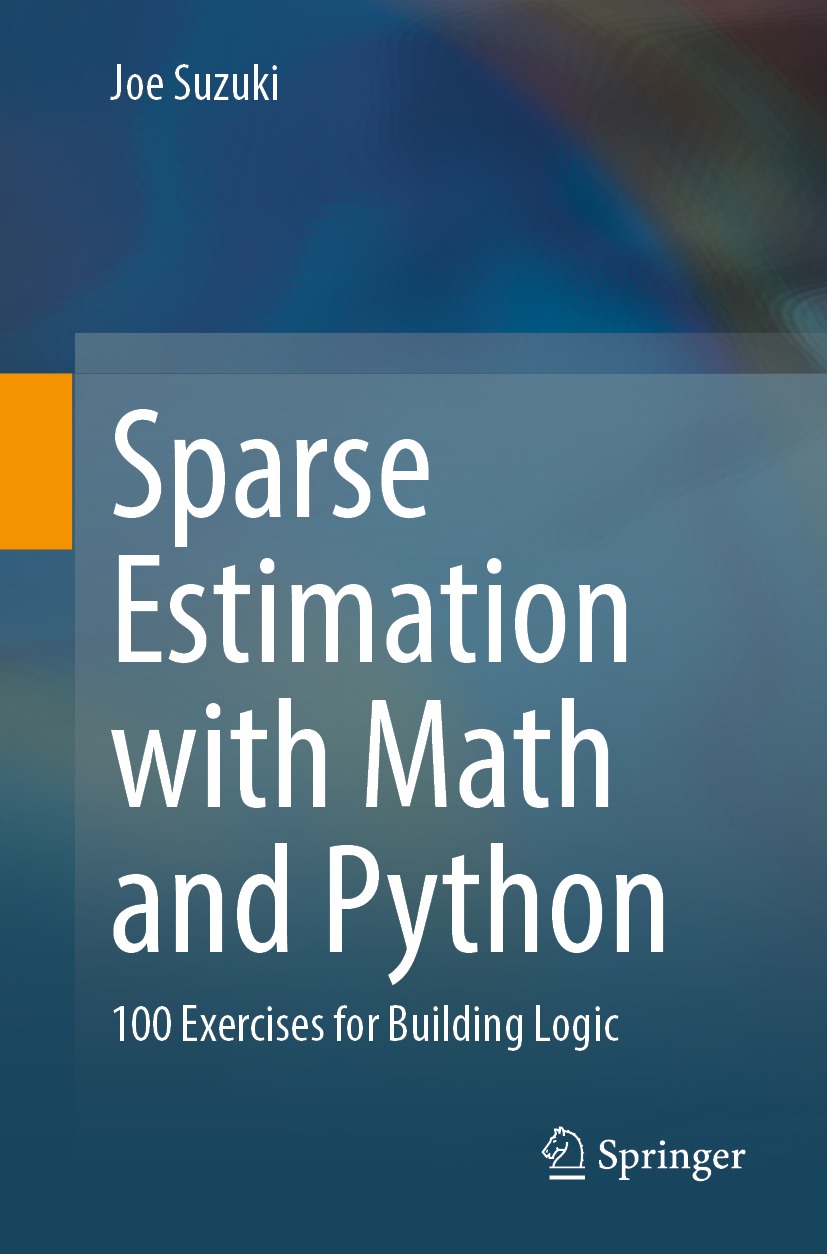Joe Suzuki
Graduate School of Engineering Science, Osaka University, Toyonaka, Osaka, Japan
ISBN 978-981-16-1437-8 e-ISBN 978-981-16-1438-5
https://doi.org/10.1007/978-981-16-1438-5
The Editor(s) (if applicable) and The Author(s), under exclusive license to Springer Nature Singapore Pte Ltd. 2021
This work is subject to copyright. All rights are solely and exclusively licensed by the Publisher, whether the whole or part of the material is concerned, specifically the rights of reprinting, reuse of illustrations, recitation, broadcasting, reproduction on microfilms or in any other physical way, and transmission or information storage and retrieval, electronic adaptation, computer software, or by similar or dissimilar methodology now known or hereafter developed.
The use of general descriptive names, registered names, trademarks, service marks, etc. in this publication does not imply, even in the absence of a specific statement, that such names are exempt from the relevant protective laws and regulations and therefore free for general use.
The publisher, the authors and the editors are safe to assume that the advice and information in this book are believed to be true and accurate at the date of publication. Neither the publisher nor the authors or the editors give a warranty, expressed or implied, with respect to the material contained herein or for any errors or omissions that may have been made. The publisher remains neutral with regard to jurisdictional claims in published maps and institutional affiliations.
This Springer imprint is published by the registered company Springer Nature Singapore Pte Ltd.
The registered company address is: 152 Beach Road, #21-01/04 Gateway East, Singapore 189721, Singapore
Preface
I started considering the sparse estimation problems around 2017 when I moved from the mathematics department to statistics in Osaka University, Japan. I have been studying information theory and graphical models for over thirty years.
The first book I found is Statistical Learning with Sparsity by T. Hastie, R. Tibshirani, and M. Wainwright. I thought it was a monograph rather than a textbook and that it would be tough for a non-expert to read it through. However, I downloaded more than fifty papers that were cited in the book and read them all. In fact, the book does not instruct anything but only suggests how to study sparsity. The contrast between statistics and convex optimization gradually attracted me as I understand the material.
On the other hand, it seems that the core results on sparsity have come out around 20102015 for research. However, I still think further possibilities and expansions are there. This book contains all the mathematical derivations and source programs, so graduate students can construct any procedure from scratch by getting help from this book.
Recently, I published books Statistical Learning with Math and R (SLMR), Statistical Learning with Math and Python (SLMP), and Sparse Estimation with Math and R (SEMR). The common idea is behind the books (XXMR/XXMP). They not only give knowledge on statistical learning and sparse estimation but also help build logic in your brain by following each step of the derivations and each line of the source programs. I often meet data scientists engaged in machine learning and statistical analyses for research collaborations and introduce my students to them. I recently found out that almost all of them think that (mathematical) logic rather than knowledge and experience is the most crucial ability for grasping the essence in their jobs. Our necessary knowledge is changing every day and can be obtained when needed. However, logic allows us to examine whether each item on the Internet is correct and follow any changes; we might miss even chances without it.
What makes SEMP unique?
I have summarized the features of this book as follows.
Developing logic
To grasp the essence of the subject, we mathematically formulate and solve each ML problem and build those programs. The SEMP instills logic in the minds of the readers. The reader will acquire both the knowledge and ideas of ML, so that even if new technology emerges, they will be able to follow the changes smoothly. After solving the 100 problems, most of the students would say I learned a lot.
Not just a story
If programming codes are available, you can immediately take action. It is unfortunate when an ML book does not offer the source codes. Even if a package is available, if we cannot see the inner workings of the programs, all we can do is input data into those programs. In SEMP, the program codes are available for most of the procedures. In cases where the reader does not understand the math, the codes will help them understand what it means.
Not just a how to book: an academic book written by a university professor.
This book explains how to use the package and provides examples of executions for those who are not familiar with them. Still, because only the inputs and outputs are visible, we can only see the procedure as a black box. In this sense, the reader will have limited satisfaction because they will not be able to obtain the essence of the subject. SEMP intends to show the reader the heart of ML and is more of a full-fledged academic book.
Solve 100 exercises: problems are improved with feedback from university students
The exercises in this book have been used in university lectures and have been refined based on feedback from students. The best 100 problems were selected. Each chapter (except the exercises) explains the solutions, and you can solve all of the exercises by reading the book.
Self-contained
All of us have been discouraged by phrases such as for the details, please refer to the literature XX. Unless you are an enthusiastic reader or researcher, nobody will seek out those references. In this book, we have presented the material in such a way that consulting external references is not required. Additionally, the proofs are simple derivations, and the complicated proofs are given in the appendices at the end of each chapter. SEMP completes all discussions, including the appendices.
Readers pages: questions, discussion, and program files
The reader can ask any question on the book via https://bayesnet.org/books .
Acknowledgments
The author wishes to thank Tianle Yang, Ryosuke Shinmura, Tomohiro Kamei and Daichi Kashiwara for checking the manuscript in Japanese. The author thanks Professors Shu-ichi Kawano, Hidetoshi Matsui, and Kei Hirose for their helpful advices for three years before the current book has been published. This English book is largely based on the Japanese book published by Kyoritsu Shuppan Co., Ltd. in 2020. The author would like to thank Kyoritsu Shuppan Co., Ltd., in particular its editorial members Mr. Tetsuya Ishii and Ms. Saki Otani. The author also appreciates Ms. Mio Sugino, Springer, for preparing the publication and providing advice on the manuscript.

